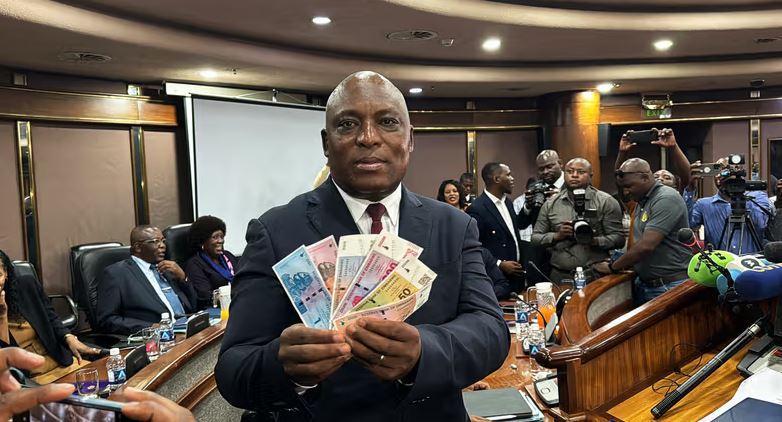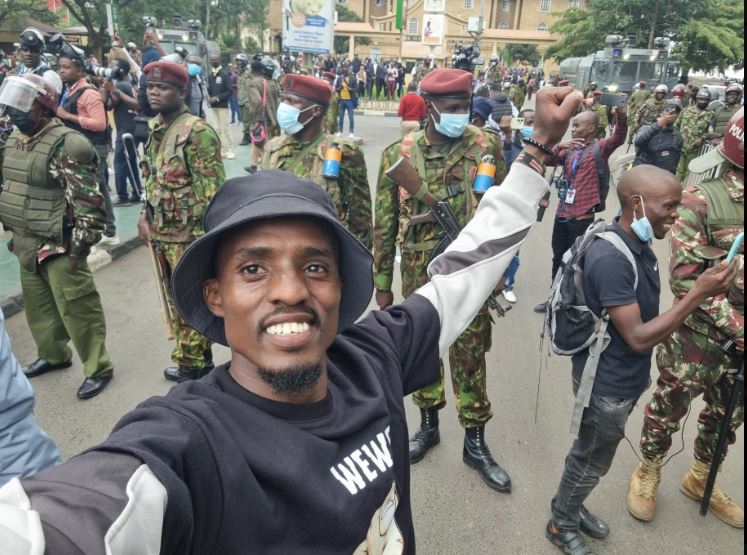I recently found myself reading about the Arab spring and trying to compare the last moments before the Tunisia and Egyptian revolution came full circle to the situation Kenya finds itself in today and asking myself what needs to be done differently if they need to achieve their goals.
When the Arab spring started, I assumed that several African nations that were under oppressive regimes would follow suit and have the people’s will rule rather than the strong men that led these countries. But as soon as Muammar Gaddafi was toppled in Libya, the revolution ended without the rest of the African countries picking it up.
Today I find myself keenly studying the revolution in Egypt that toppled President Hosni Mubarak whose three decades reign ended on February 11th, 2011 following 18 days of intense protests at the iconic Tahir Square in Cairo; not to underscore the impact of similar protests held in the cities of Alexandria, Suez and Ismailia.
The 18 days of the revolution that started on January 25th saw the protests joined by people from all walks of life. University lecturers, students, businessmen and women all thronged Tahir Square in what will remain one of the continent’s biggest face-off with power.
That face-off was not always peaceful. While the protesters kept their calm, the police and security officers responded with deadly force. That force would however not dampen the spirit of the Egyptians who had decided that it was time to usher in a new order, encouraged by the success similar protests had had in Tunisia where President Zine al- Abidine Ben Ali had fled the previous year.
Several were shot dead by police officers but the protesters did not retaliate with violence. They sat. They sang. They camped. They talked to the world on Facebook and Twitter before the internet was shut down. They told their own stories.
A BBC Correspondent who had worked in Cairo for 3 years quotes one of the protesters in an article where he shares his 18 days experience covering the protest.
We saw police officers with dead consciences. They fired on people without a brick in their hand
-Ehab el- Sawy, a protester who lost a brother in the protests.
The last two weeks have seen demonstrations called by Kenya’s opposition coalition – NASA to force electoral reforms ahead of the repeat polls ordered by the country’s supreme court. The protest which from last Monday will be a daily occurrence have seen deadly confrontations between the police and protesters.
Last week alone, three people were shot dead in NASA’s strongholds with several others nursing serious gunshot injuries.
Unlike Tahir Square though, the violence is not only coming from the police.
While the Egyptian revolution was characterized by citizens organizing a sit-down in public spaces in the full glare of international and local media, the Kenyan situation has seen protesters arming themselves with stones, setting up roadblocks and attacking businesses. While this does not in itself justify the use of deadly force by the police and other state security organs, it helps justify a narrative that the state has already seemingly prepared – portraying NASA supporters as violent.
Today, social media is awash with posts saying #LuoLivesMatter (Luo is NASA flag bearer Raila Odinga’s ethnic tribe. The majority of those killed by police in the protests are also Luo) in reference to what this segment of Kenya’s population have come to believe is ethnic profiling.
The scenes that involve running battles between protesters and the police as seen on both local and international media could go along way in denying the opposition leaders the legitimacy they need in front of the international community. This calls for a change of tact in how the civil protests are organized.
Perhaps it’s time the opposition realized that the support they need can only come in when they reach out to all their supporters to come out to the streets and peacefully demonstrate. When that happens even the business community would gladly close their businesses and participate in what will definitely guarantee them a more stable business environment in the future.
Kenya’s middle class have always been accused of not actively involving themselves in the country’s politics. Ensuring that the demonstrations are peaceful is one sure where of getting them involved.
In the BBC, mentioned earlier, the writer talks about his encounter with a university lecturer at Tahir Square.
Outside the Hardee’s restaurant in Tahrir Square, I came across a university art lecturer, Shady Noshokaty, whose friend and colleague, Ahmed Bassiouni, had also been shot dead.
He was hanging up a smiling poster of the dead man, whom he wanted to be remembered as “a brave, honest, crazy, beloved guy”.
Shady was determined his friend would not die in vain.– Yolande Knell, BBC writer
How many members of the Academia have been part of the street protests we have had so far? How many university students have come out to be part of the protests?
The Egyptian revolution took only 18 days of intense pressure, we are 10 days to the repeat polls but with the right strategies the opposition can make these few days count. It starts by shunning violence from their own ranks – this does not mean that the police and security organs will not try to provoke them, but every revolution needs sacrifices. Some people will be killed by security agents but the whole world will see. In the end the revolution will happen and those who misused their power will be brought to book.
Once the violence question is dealt with, we will definitely see larger crowds and intensified agitations even from the most unlikely of places, in the end the system will give up.


